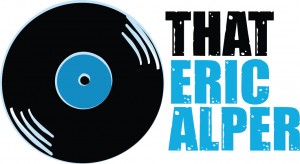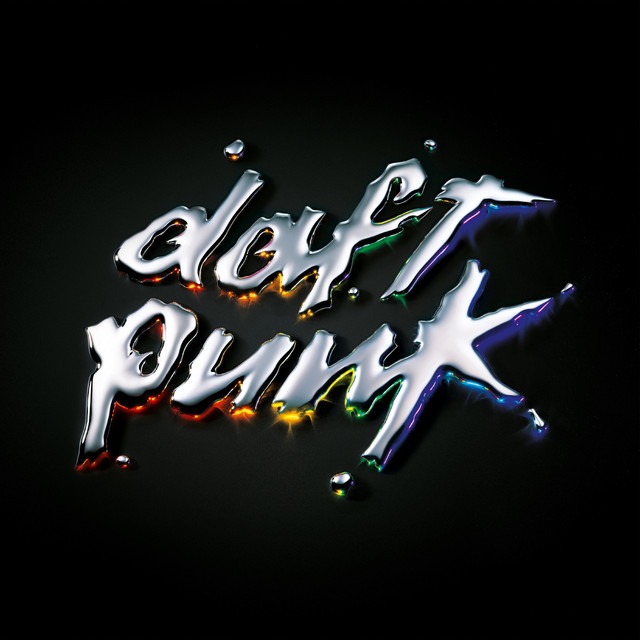On March 12, 2001, Daft Punk changed everything with their second studio album, Discovery. Trading in the raw Chicago house vibes of Homework for a glittery fusion of disco, funk, and French house, the French duo created a love letter to childhood, the 70s and 80s, and a wide-eyed sense of sonic possibility. The result? A genre-defying, generation-crossing masterpiece that redefined EDM and reshaped pop music forever.
Here are 5 facts about Discovery even die-hard fans might not know—straight from the crate-digging, vocoder-worshipping, anime-loving cosmos that is Daft Punk.
1: “One More Time” Was Almost Left in the Vault
Daft Punk finished “One More Time” way back in 1998—three years before Discovery came out. And then they… shelved it. That’s right, the most iconic dance anthem of the 21st century almost never saw the light of day. The duo felt unsure how the track would fit into their evolving sound. Thankfully, they trusted their instincts (and Romanthony’s unforgettable vocal) and released it as the first single in 2000. It became the beating heart of the album—and of dance floors worldwide.
2: “Aerodynamic” Was a Love Letter to Shred Guitar
Yes, that lightning-fast guitar solo was meant to sound like Yngwie Malmsteen took a wrong turn into a disco. Daft Punk weren’t trying to be ironic—they genuinely loved those guitar hero moments from their youth. The duo wanted Discovery to be about blending the past and the future. With “Aerodynamic,” they mashed up baroque phrasing, metal shredding, and funk grooves, then filtered it all through a spaceship. Mission accomplished.
3: “Face to Face” Took Over 40 Samples and 3 Studio Sessions
The cut-and-paste masterpiece “Face to Face,” featuring Todd Edwards, was built like a mosaic—with over 40 samples from folk, soft rock, disco, and jazz. Edwards and Daft Punk sifted through 140+ vinyl snippets, then spent days assembling the track like a sonic jigsaw puzzle. It’s not just a dance-pop gem—it’s a Frankenstein of funk, stitched together with surgical precision and pure passion.
4: Discovery’s Vocals Pushed Auto-Tune Into Art
Long before Auto-Tune was a mainstream sound, Daft Punk were turning it into an emotional instrument. From the robotic croon of “Digital Love” to the stuttered vocoder loops of “Harder, Better, Faster, Stronger,” Discovery used pitch correction not as a crutch, but as a creative tool. Thomas Bangalter even compared Auto-Tune criticism to early hate for the electric guitar. Discovery wasn’t hiding flaws—it was enhancing emotion, electronically.
5: It Was Always Meant to Be a Space Opera
Discovery wasn’t just an album—it was part of a full-blown sci-fi narrative. Daft Punk teamed up with legendary anime artist Leiji Matsumoto to create Interstella 5555, a full-length animated film set to the entire album. It was their tribute to the music videos, cartoons, and sci-fi flicks they devoured as kids. The result? A kaleidoscopic, neon-lit, VHS-dream of a movie that turned the album into an intergalactic experience.
With its fearless fusion of funk, its DIY guitar heroics, and its heartfelt tribute to youth, it became the blueprint for everything from The Weeknd to almost every pop artist afterwards. Even 24 years later, its influence is still echoing across the galaxy.
One more time? Always.







